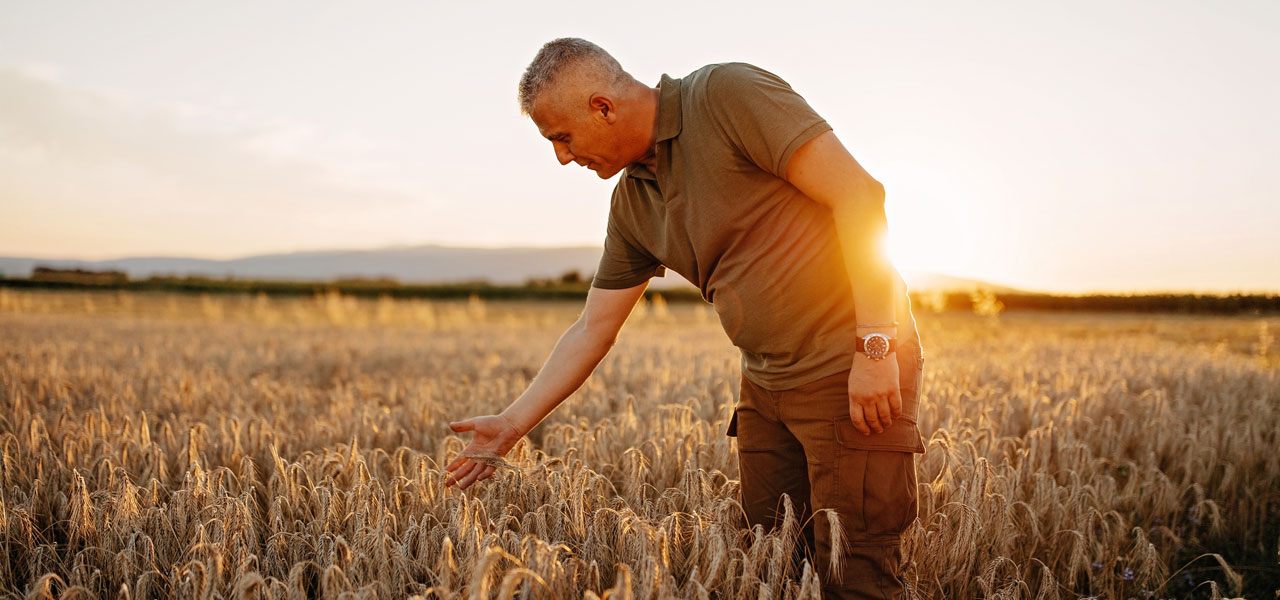Agricultural GDP performance is heavily influenced by climatic conditions. The on-going drought has brought a lot more focus onto our farmers, the tough conditions they are facing and just how important the sector is both for the economy and our survival. From mega farmers running businesses worth hundreds of millions of Rands to the small subsistence farmer, many agricultural businesses are looking at alternative means to increase their income – whether it’s branching out into game farming or tourism.
New ventures require different skills – especially when farming with livestock and/or crops – and these activities bring about legal liability risks. That’s why we’ve compiled a list of the most common scenarios to help you advise your clients:
- Spreading of fire: This is one of the better-known risks experienced by farmers. The recent Garden Route fire disaster, as well as the Western Cape fires at the beginning of the year, once again showed how rapidly fire can spread, how hard it can be to put out, and how devastating the end result can be once a fire is allowed to get out of control.
Insurers support the adherence to the National Veld and Forest Fire Act which deals with the benefits of having a Fire Protection Associations (FPAs) in local areas and various other factors such as fire breaks, fire fighting teams etc. Ensure that your clients are familiar with the Act and/or the benefit of forming FPAs.
- Overflowing of dams or breaking of dam walls: In a water scarce country like South Africa, farmers depend on dams to ensure they have sufficient water to water their crops and provide their livestock with water during dry periods. Dams can however, increase their liability risk. If the dam is not properly constructed or maintained and subsequently causes flooding due to overflowing or the breaking of the dam wall, the farmer may be held legally liable for damages to surrounding property. A surrounding property may be a neighbour’s crops or vineyards. It could also be an urban settlement, in which case injuries or deaths would be disastrous.
The building of dams in South Africa is legislated by the National Water Act (NWA) of 1998. Different rules apply depending on the size of the dam so be sure to educate your clients on the legislation and ensure that they adhere to the requirements.
- Livestock: Those farming with livestock carry the additional liability risk of their cattle or other animals breaking through fences and roaming onto roads (frequently causing fatal car crashes) or neighbouring land –where they may destroy crops or interfere with breeding stock.
- Pesticides (insecticides, herbicides, fungicides, etc): These are used prolifically in any agricultural sector to ensure healthy produce and animals. However, if not used correctly, pesticides can cause losses to the farmer’s own produce. More importantly, if the error is not detected, this may lead to humans or animals ingesting produce that is not safe for consumption, leading to illness or even death. Although strictly legislated in South Africa and worldwide, human error can happen and may lead to unintended consequences.
- Steroid hormones for animal growth and milk production: As the human population grows, so does the need to produce more food. Hormones assist farmers to be able to grow their chickens faster, produce more milk, etc. Whilst this practice is internationally acceptable, the controls to ensure proper application or manufacture of these hormones need to be of an incredibly high standard. Your clients need to be prepared for the eventuality of these controls failing them due to human error.
- Crop spraying and aerial crop spraying: Crop spraying is a necessary practice that underwriters know form part of the farmer’s usual activities. However farmers must ensure best practices in spraying to ensure that they spray when there is minimal or no chance of the spray carrying to their neighbour’s lands – e.g. not spraying on very windy days. Often neighbours may farm with a completely different crop which may be badly affected by the wrong pesticide being used.
Aerial crop spraying further increases this risk and most liability insurance policies exclude crop spraying using aeroplanes. Ensure that your insured farmer is aware of this and that he/she has purchased adequate insurance for the crop spraying, whether using an external contractor or their own aeroplane.
- Products: Farmers seldom sell directly to the public – they usually sell to supermarkets or export produce via an agent. However, this doesn’t mean they cannot be held liable should a consumer fall ill due to consumption of the farming produce, be it milk, meat, eggs etc. It is important for brokers to consider the products supplied by the farmer and ensure sufficient product liability insurance is purchased.
- Other activities such as vehicle repair, guesthouses, walking trails, mountain biking: Many farmers have started to offer accommodation on their properties in the form of guesthouses and adventure activities. If the activities offered fall outside the scope of what is usually anticipated by a liability underwriter in relation to farming, these should be declared to the insurance company. This allows them to ensure the risk is assessed correctly and that an additional premium is charged if necessary. Allowing third parties onto the farm immediately brings an additional risk from the new activity and also exposes those third parties to the usual farming activities.
In summary: tough economic conditions are forcing farmers to diversify into other activities to earn an additional income. While this entrepreneurial spirit should be celebrated, it’s your role as an intermediary to constantly advise your clients on any new liability risks, and to help them get up to speed with relevant legislations and regulations.
Get in touch with your relationship manager, if you have any queries about liability insurance products. For advice tailored to intermediaries, visit our blog for more articles relating to liability insurance - e.g. just how much insurance is enough.
